We all learn about the Roman Legion and how they proved to be one of the most deadly and formidable military unit in the ancient world. Today, we are going to venture into the world of the Roman gladiators who, like the legions showed courage and loyalty to the Roman empire.
Gladiatorial contests in the ancient Rome are said to be originated from sacred funeral rites adopted from the Etruscans, ancient people of Tuscany and performed by nobility. These bloody games lost their private nature and religious significance and evolved into public amusement, thus a defining symbol of the Roman civilization and a part of the Bread and Circus principle of government.
Origins
Mycenaean Greeks celebrated blood games. Gladiatorial style competition and, therefore, gladiators could have had their origins in the funeral blood-rites of the Mycenaean civilization of Bronze Age Greece.
In The Iliad, Homer relates how blood-games were held after Patroklos was slain by Hector. While none of them got killed, the event was an offering of blood to facilitate the transition of Patroklos ’ spirit to the world of the dead. Researchers and historians believe that Homer was describing a ritual in the funeral of important individuals. The contenders in this bloody events were free men who volunteered to pay respect to the dead.
The first games in Italian territory were held in the Campania region at about 310 BC. to commemorate a victory of the Campanians over the Samnites, in which the Romans fought at the victor's side.
In 264 BC, Roman historian Titus Livius wrote that at the beginning of the First Punic War against Carthage, one Decimus Iunius Brutus Scaeva honored his dead father with games in Rome involving three pairs of gladiators. This kind of memorial to a dead ancestor was called a munus. It is believed that the participant combatants were slaves.
Fifty years later, the sons of Marcus Ameilius Lepidus, of Second Triumvirate fame, held three days of games in his honor using 44 gladiators.
In 206 BC Scipio Africanus held games in Iberia (Spain) in honor of his father and uncles killed during the Punic Wars. Friends of Scipio, non-Romans mostly, freely participated in the games.
In 183 BC the most excessive munus yet took place. It was held for the funeral of Publius Liciniusin, Pontifex Maximus. These games lasted three days and occupied 60 pair of gladiators. In addition, meat was freely distributed to the public.
Values Represented by Gladiators
The gladiatorial fights became so popular that politicians and other eminent citizens began sponsoring them all over the Empire. Furthermore, some Roman leaders took to voluntarily participate in combat in order to enhance their image with the people. Eventually the production of the games was taken over by the emperor.
While it is a bit hard to understand today some the values that made a gladiator popular in Roman times, it is important to realize that, at a time when most people would die in their 30s, the idea of the gladiator, who became famous and would mostly die an honorable death, was extremely appealing.
Gladiators became popular for two more reasons, they represented the martial spirit of the empire and their virtue of loyalty and courage.
Early Roman Gladiators
The fact that most gladiators were prisoners of war explains why Romans named different types after subjugated peoples and equipped them with their native weapons.
Samnite
One of the earliest gladiators. the Samnites are defeated warriors of Samnium, an Italian region conquered by the Romans. They used a scutum (Roman legionary shield), wore mail armor, one greave (shin guard) and used spears in combat.
Thracian
This class was intended to portray the fierce and warlike Thracians. The classic, forward curving gladiatorial helmet traces it's origins back to the Thracians. Their weapon was the sica - a short, curved sword native to their homeland. Their legs were protected by thigh-length greaves and they carried a small rectangular shield. The sword-arm was encased in an arm guard.
Thracian and Murmillo
Image Credit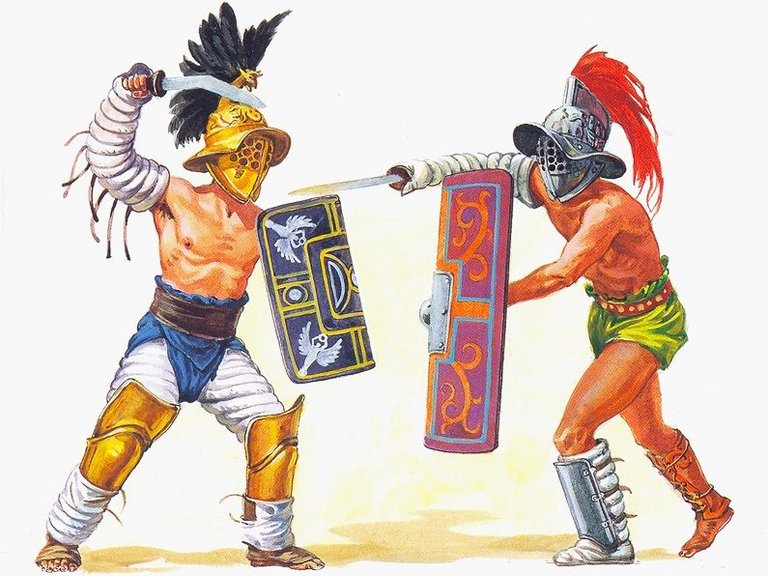
Gallus / Murmillo
Murmillo was based on Gallic tribesmen from France. They used long slashing swords and flat rectangular shields. The Gaul would eventually evolve into the Murmilloo of the Imperial era.
Gladiatrix
It was said that a certain Roman governor Hostillianus was the first person to implement the female version of the gladiatorial games in Rome. They say they are female version of the mighty gladiators but in fact they were venatores or those who fight ferocious beast in the Colosseum.
Provocatores
The Provocatores are among the gladiators that uses the gladius as its main weapon. Provocatores only fights a Provocatores and usually fight to settle feuds. Provocatores are gladiators that are armed in the image of a Roman legionnaire.
Equites
Often called as glorified showmen, these gladiators rode horses and usually matched against each other. They used a cavalry shield - the circular parma equestris.
Equites and Velites
Image Credit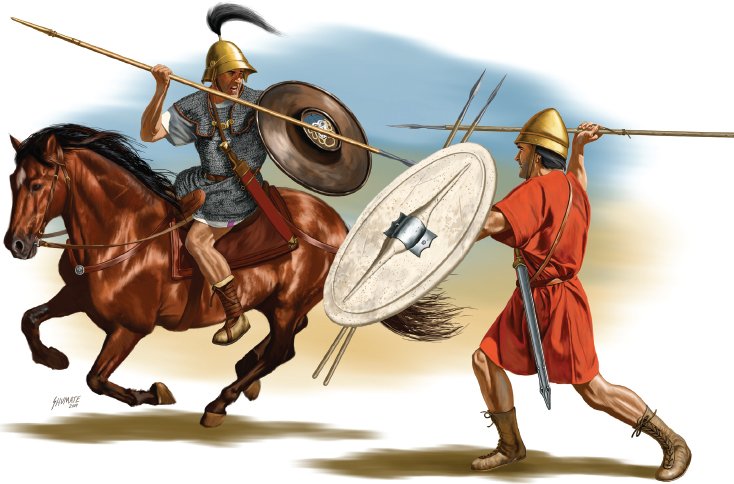
Velites
The velites were another gladiator that are named after a light Roman infantry. The Velites are lightly armored gladiators and they usually fight on foot and is armed with a hasta, a type of spear or a javelin.
Secutores
They are called Chasers because they move fast and literally chase their opponents inside the arena. A secutores can be distinguished with an Ocrea which is a metal leg guard and Spatha, a short sword. Secutores are arch rival of the Retiarius.
Secutores and Retiarius
Image Credit
Retiarius
The agile ones, these gladiators are armed with a trident and a net. The retiarius have no body armors, their only protection is the Galerus which is a metal shield on its left shoulders.
Bestiarii
They are not mainly gladiators but mostly certain types of people like criminals or prisoners of war that fight for their lives not with a gladiator or gladiators but to fierce wild beasts such as lions and tigers. There are 2 types of Bestiarii, Damnatio Ad Bestias and Venatio.
Noxii
Like the Bestiarii, they are not mainly gladiators but rather those who have broken the law (traitors, murderers, etc). They are considered as the lowest of the lows and their main purpose is to die in the arena by either a bait for the beasts or a target for the gladiators.
Sources
Encyclopedia Romana - NOTAE - The Roman Gladiators
Warriors and Legends - Gladiators
Check our other awesome stuff
The Roman Legion
Genghis Khan and His Mongol Army
Mongol History, Rise of Genghis Khan and Impact on Civilization

Increasing the Visibility of Original and Engaging Content
Like @Curie? Support by voting Curie as Witness! https://steemit.com/~witnesses
Join us in Discord https://discord.gg/G6RPUMu
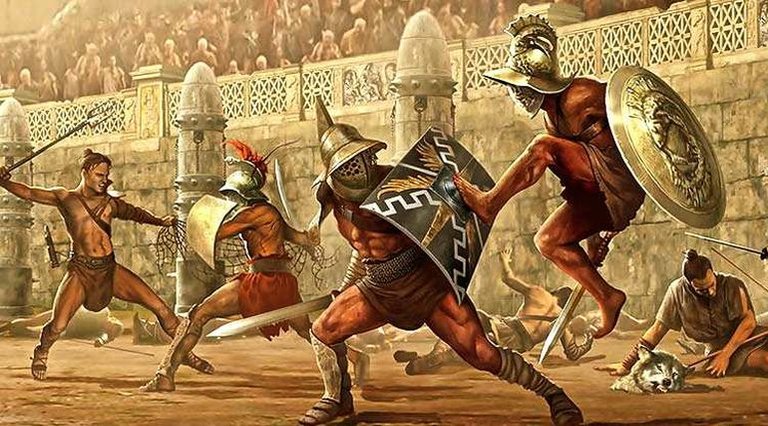
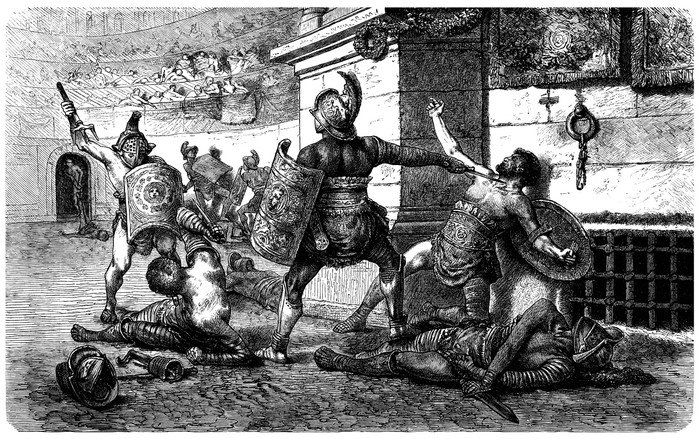
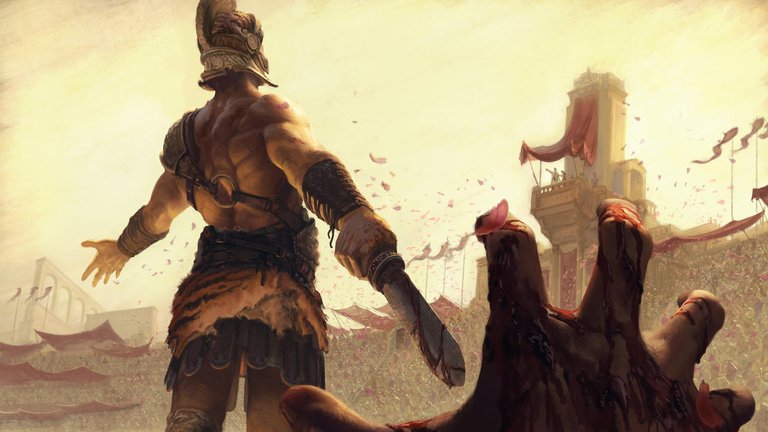
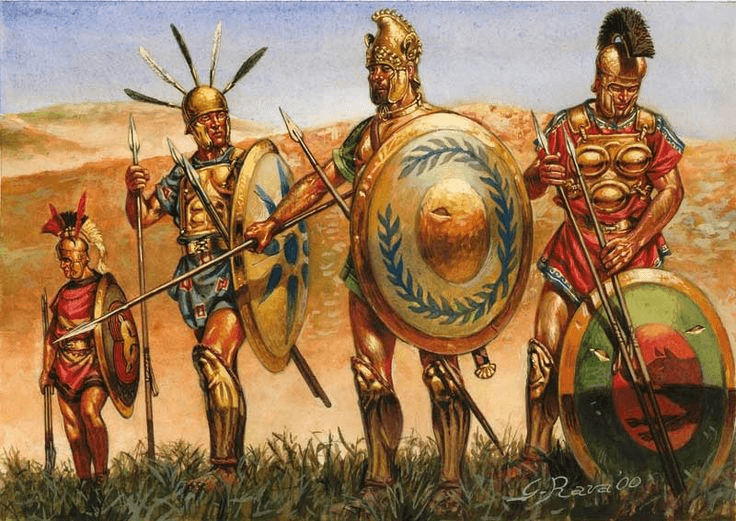

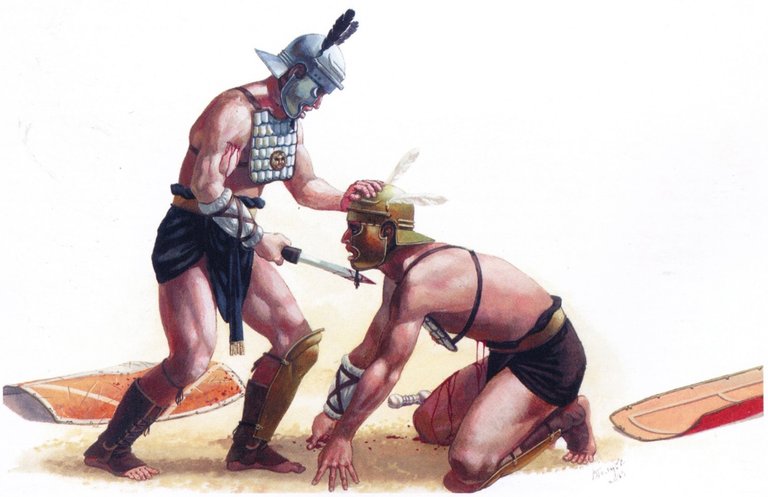
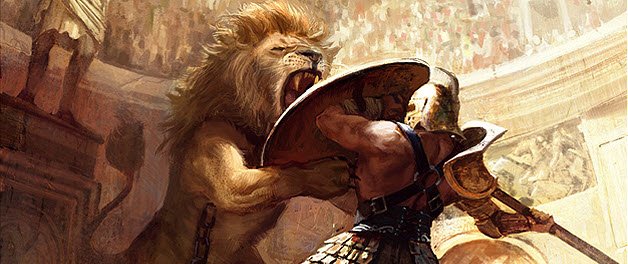
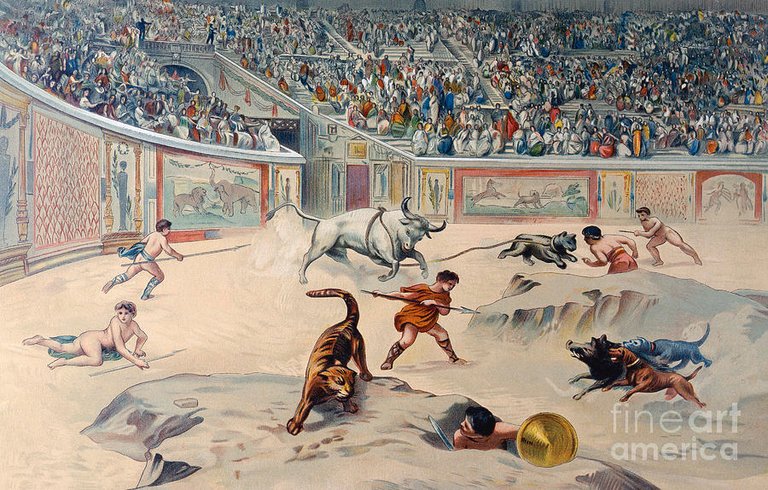
The Tree of Life, or Etz haChayim (עץ החיים) has upvoted you with divine emanations of G-ds creation itself ex nihilo. We reveal Light by transforming our Desire to Receive for Ourselves to a Desire to Receive for Others. I am part of the Curators Guild (Sephiroth), through which Ein Sof (The Infinite) reveals Itself!
👍👍
You have been upvoted by the @sndbox-alpha! Our curation team is currently formed by @jeffbernst, @bitrocker2020, @jrswab & @teachblogger . We are seeking posts of the highest quality and we deem your endeavour as one of them. If you want to get to know more, feel free to check our blog.
I was summoned by @wdoutjah. I have done their bidding and now I will vanish...
A portion of the proceeds from your bid was used in support of youarehope and tarc.
Abuse Policy
Rules
How to use Sneaky Ninja
How it works
Victim of grumpycat?